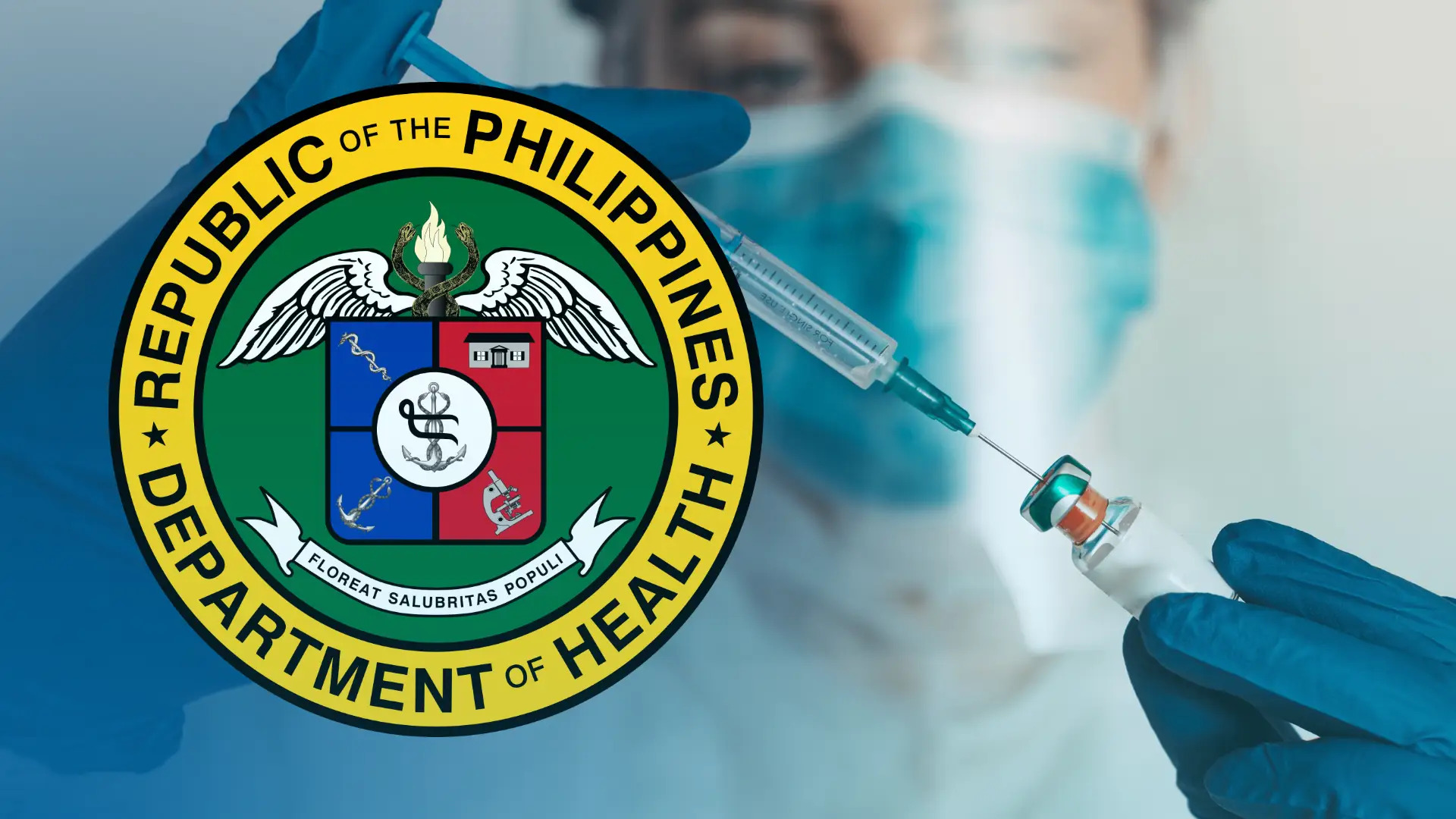
INQUIRER FILE PHOTO
MANILA, Philippines — The Department of Health (DOH) maintained that the Philippines remains at low risk for COVID-19, even with the assumption that the “FLiRT” variants are “likely” present in the country.
READ: DOH: No budget for new vaccines vs ‘FLiRT’ variant
“Data as of May 20, 2024 show that all Philippine regions remain at low risk for COVID-19,” the DOH said in a statement late Tuesday night.
“There is still no scientific basis for travel restrictions to any country because of an increase in COVID-19 cases,” it added.
The DOH said that as of May 20, the average number of daily reported coronavirus cases in the Philippines is 202, significantly less than the average 500 registered at the start of 2024, and the number is 1,750 per day in the middle of May 2023.
Of these cases, only 16 were recorded to have been severe or critical, with 12 deaths, of which 5 occurred from May 7 to 20.
Meanwhile, as of May 18, only 12 percent of dedicated COVID-19 ICU beds and 14 percent of total COVID-19 beds were occupied, while the total 151 severe and critical COVID-19 cases in various hospitals account for only 9 percent of total admissions.
FLiRT variants
The “FLiRT” variants refer to KP.2 and KP.3, which have been tagged by the World Health Organization (WHO) as variants under monitoring.
Both variants descend from the JN.1 subvariant, responsible for the COVID-19 infection increase in early 2024.
READ: DOH on COVID-19 FLiRT: It may be here now but ‘the variant isn’t serious.’
According to the DOH, sequencing efforts are constantly being conducted by the University of the Philippines – Philippine Genome Center and the Research Institute for Tropical Medicine to detect the presence of these variants.
“Whether or not sequencing shows variants flagged by global health agencies, the DOH assumes the flagged Omicron subvariants (i.e., KP.2, KP.3) are already likely here and notes that cases continue to be clinically mild and manageable,” said the DOH.
Citing WHO, the DOH also said that there are currently “no reported laboratory or epidemiological reports indicating any association between variants of interests/variants under monitoring and increased disease severity.”
“There is still no evidence now that the KP.2 and KP.3 variants are causing severe to critical COVID-19, both locally and internationally. Further assessment continues to determine transmissibility and capacity to evade immune response,” the DOH said.
With this, the DOH advised the public to wear masks, practice good respiratory hygiene, regularly wash hands, avoid crowded places, and ensure ventilation to prevent contracting the virus.